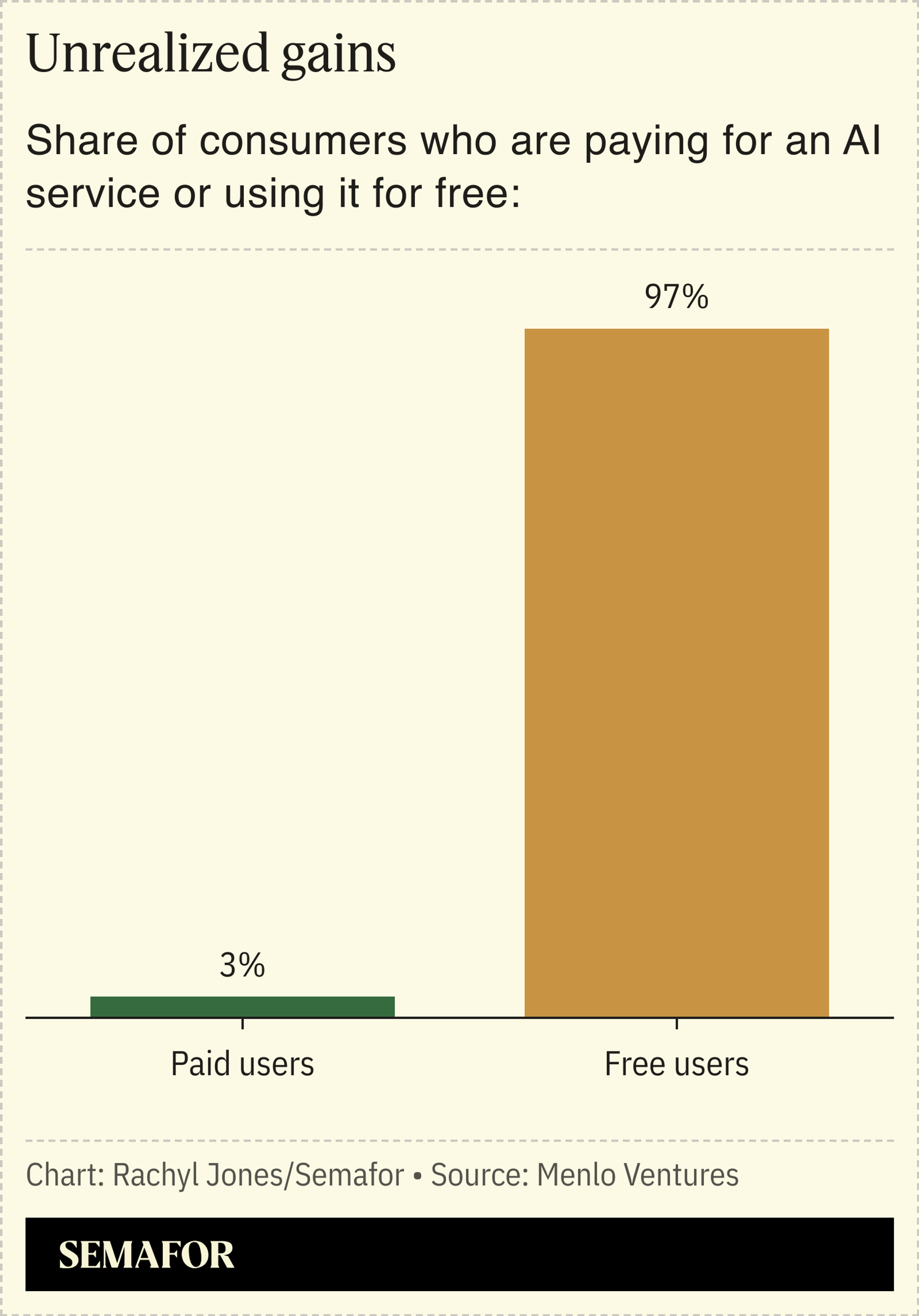As artificial intelligence continues to reshape the job market, the demand for traditional university degrees is declining, particularly for roles that can now be automated with AI, such as software engineering and customer service, according to a recent report by PwC. This shift could lead to fewer students enrolling in colleges and universities over time, and in their place, we may see the emergence of AI-focused trade schools.
Andrew Reece, the chief AI scientist at BetterUp, a career coaching platform, suggests that people are beginning to question the value of a college education in an era where AI tools make it easier to bypass certain skills traditionally learned in classrooms. For example, coding — once a highly sought-after skill taught in universities — can now be assisted or even replaced by AI technologies. While professions like medicine and law will still require formal, specialized education, graduate programs are seeing a drop in enrollment and may face further decline.
Reece proposes an alternative: AI vocational schools that train students to integrate and apply AI tools within their chosen fields. In addition, future workforce development programs may focus less on technical tasks — such as learning specific programming languages — and more on soft skills like leadership, communication, and team management.
Roughly 1.8 billion consumers have used AI tools, a third of whom do so daily. But almost all of them are using the products for free, according to a report from Menlo Ventures released Thursday. That leaves a huge amount of untapped revenue for AI companies that must pay off hundreds of billions in capital expenditures to build out their AI footprints.

There are a few avenues they can tap to convert users, said Menlo’s Shawn Carolan, who invests in consumer tech. Developing assisted memory features — as well as the ability for AI to access accounts and conduct transactions on a user’s behalf — makes premium subscriptions more attractive to individuals who might otherwise switch products when they run out of free credits. Menlo’s estimates assume that if the 1.8 billion AI users paid a $20 average monthly subscription, the market should be $432 billion, not today’s $12 billion, or 3% of the total.
“But I think the biggest opportunity is: How do you continue to have the service be free for the end user, and monetize it in alternative ways?” he said. Affiliate fees and targeted advertisements are the answer here — the latter of which he said “can be way better” with AI due to the level of specificity users search with and the historical data tech companies have on their users.


